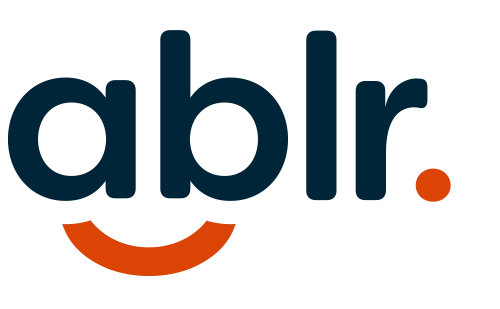By John Samuel, Chief Innovation Architect
Over the past couple of weeks, I’ve found myself discussing the topic of automated checkers and overlay tools for accessibility more than I have in the past three years that I’ve been working in the accessibility space.
The discussions started during our work with our partner at Walk West, a North Carolina-based digital marketing firm and company that we are about to launch a new joint venture with. As they were doing some market analysis, they noticed that many firms claim to have an overlay tool that will make people’s websites accessible with just one line of code.
Accessibility overlays are applications and coding that “sits” between your website (or other digital content) and assistive technology. The objective is to make a site accessible without having to change the underlying source code.
I can see why this sounds amazing to someone who is new to accessibility. In their minds, it immediately reduces the litigation risk and is quick and easy.
Then last week, I came across an article from the Law Offices of Lainey Feingold, titled HONOR THE ADA: AVOID WEB ACCESSIBILITY QUICK-FIX OVERLAYS. The article clearly sums up my opinion on the topic of overlay tools by saying “Digital accessibility is about people with disabilities being able to use the web and other technologies. The web overlay widgets are about avoiding lawsuits.” I made the word “people” bold because too often people forget that accessibility is about people, not compliance nor lines of code on a website.
From my own experience as a person who is blind and who uses a screen reader to navigate websites, I already had bad user experiences when I visited many sites with an overlay tool installed. But what I didn’t know until reading the blog was that these overlays didn’t even do the one thing they claimed to do right and eliminate the legal risk!
Then this morning, I saw a LinkedIn post that included a blog written by Heather Burns at Equal Entry, a digital accessibility consulting company and firm we partner with. The blog is titled Equal Entry Website Mistakenly Called Out as Inaccessible. The post immediately caught my attention because not only is the Equal Entry team made up of seasoned accessibility professionals, but they even have members of my team, who are blind and low vision, test their site out using assistive technology. Want proof? Check out this short clip of Heather working with a member of the LCI Tech team (now Ablr Team) reviewing Equal Entry’s website.
What these blogs and experiences show us is that while automated accessibility testing tools are good, they aren’t perfect. And in fact, they’re taking effort away from fixes that truly improve the experience for people with disabilities and create a culture where it’s more important to pass a test than to be accessible.
